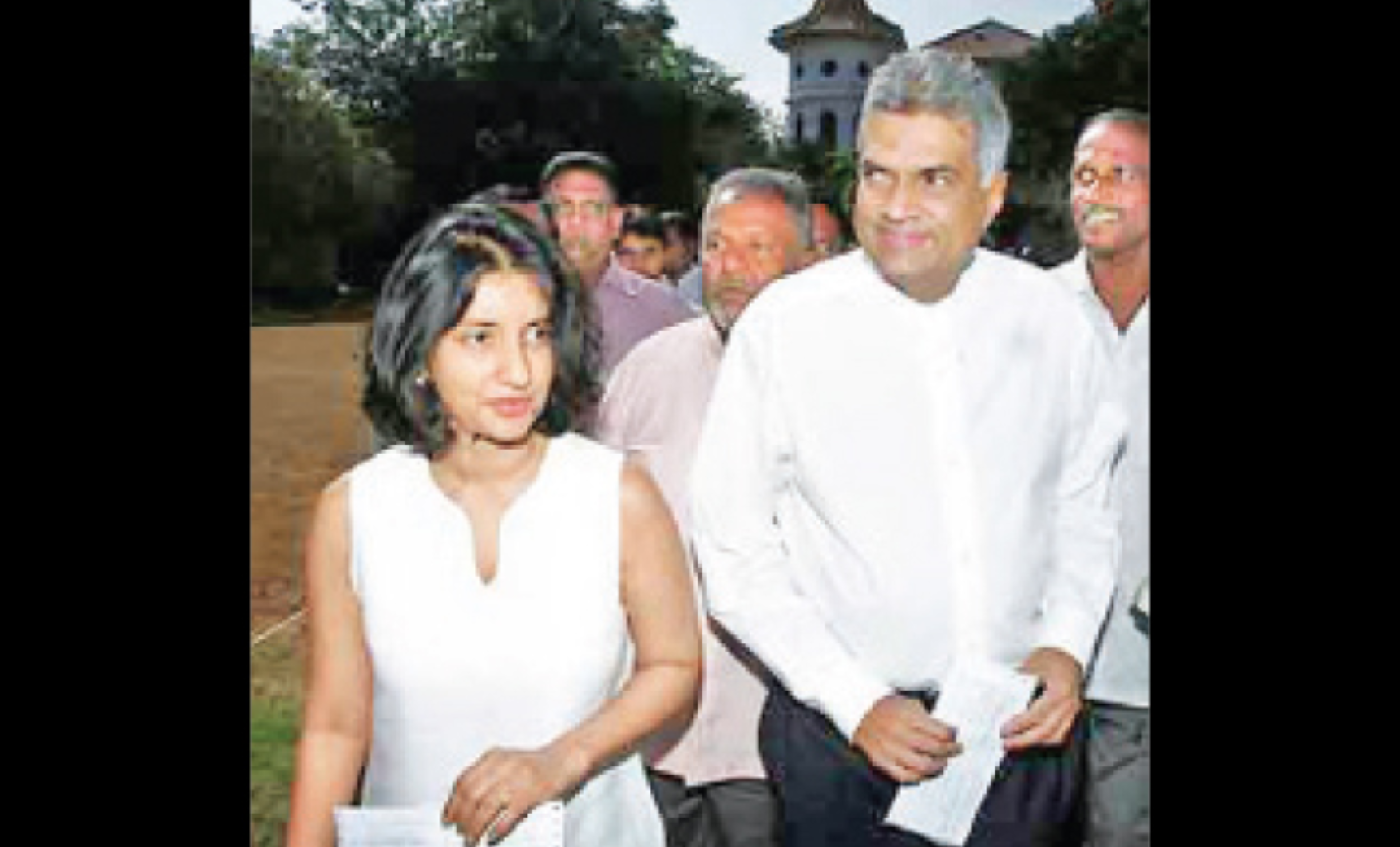The 2005 Presidential Election in Sri Lanka was fraught with intricate dynamics and strategic maneuvers by key political players. Speculation suggests that had the North East Voters not been influenced by Prabhakaran, Ranil Wickremesinghe might have emerged victorious. However, Mahinda Rajapaksa, backed by the Chandrika Bandaranaike’s government, secured the presidency, despite the challenges posed by a deteriorating economy and criticisms of his candidacy.
During Chandrika’s tenure, there was a lack of constructive initiatives, leading to economic decline. The JVP’s collaboration with Kumaratunga aimed at securing additional seats in the legislature, further complicating the political landscape. Despite efforts to predict electoral outcomes, including presentations of voting patterns, uncertainties persisted, reflecting the complexities of Sri Lankan politics.
Both candidates, Ranil Wickremesinghe and Mahinda Rajapaksa, actively sought support from minority parties, highlighting the importance of diverse electoral alliances. Economic promises and ethnic dynamics played significant roles in shaping voter preferences. Ultimately, the election underscored the challenges and complexities inherent in Sri Lanka’s democratic process, reflecting the diverse interests and concerns of its citizens.


